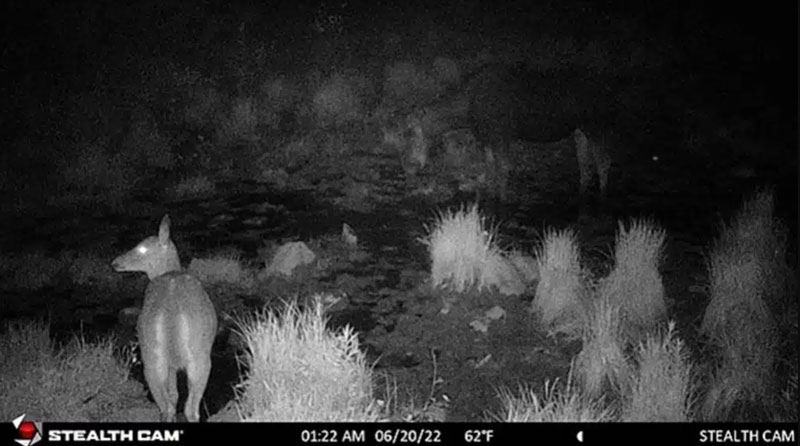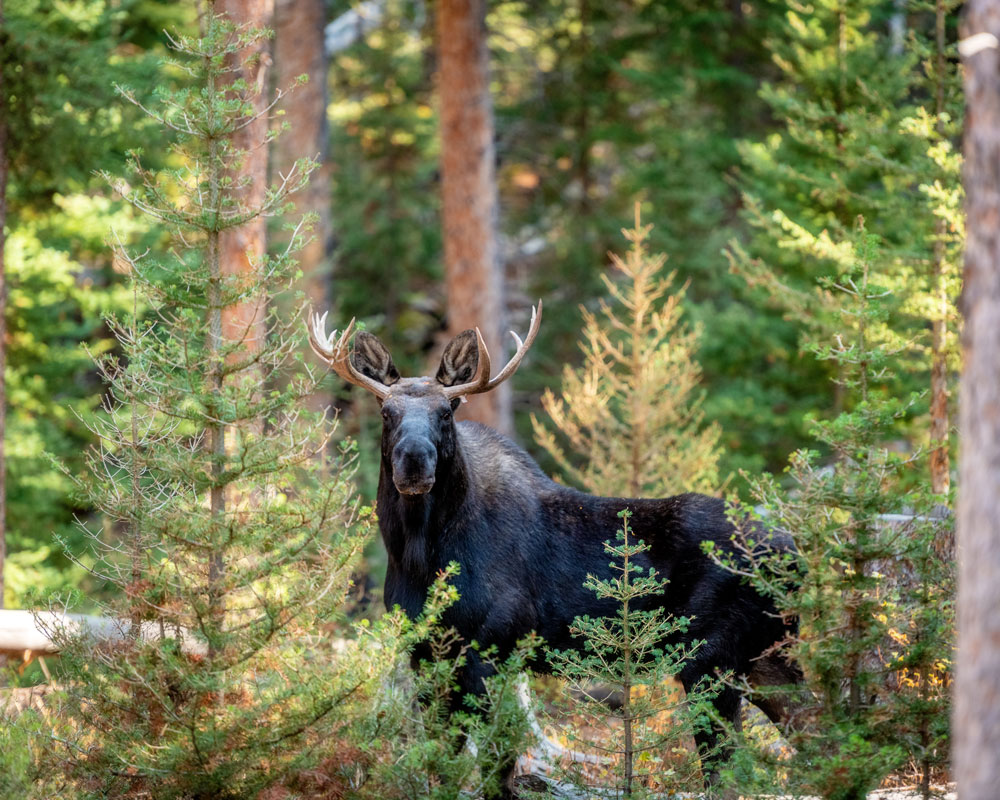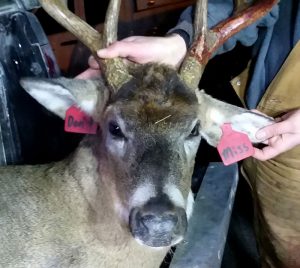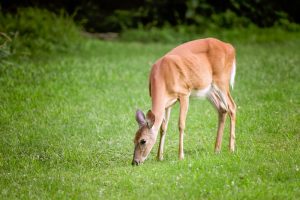It’s no secret that one of the major factors affecting North America’s largest ungulates is a parasitic organism called Parelaphostrongylus tenuis, or for the common folk (like me), brainworm.
With a new study coming out of Minnesota, biologists and outdoor enthusiasts alike are drawing new conclusions about the emergence of this deadly parasite and the effects it has on moose populations.
“We’ve known for a long time that brainworm has been one of the biggest factors in the [moose] population decline,” lead author William Severud of South Dakota State University said. “The biggest mystery has always been, how are they catching it?”
The study conducted on the Grand Portage Indian Reservation was set into motion to assess not only what affected the moose population but how they got infected in the first place. Moose numbers began their downward trend at the turn of the new millennium and have continued to do so over the past two decades. Today, Minnesota’s moose population sits at roughly half its previous size – a trend mirrored in other moose-harboring states as well as Canadian provinces.
There are many factors contributing to the decline in moose populations including ticks, a changing climate, growing wolf populations as well as the competition brought on by their distant cousins, the white tailed deer.
Working specifically to uncover just how brainworm was being transmitted, researchers set up remote camera networks at mineral lick sites throughout the study area. By pouring over the photographic data, it quickly became apparent that moose and deer were grouping together to feed at these specific locations.
“We posit that deer and moose co-occur at discrete landscape features such as mineral licks, natural springs, and seeps, that create opportunities for high density contacts among deer, moose, and gastropods,” the researchers wrote.

The Perfect Carrier
Now that we’ve established how these two groups of animals are congregating together, it’s a good time to get a bit of a refresher about how a brainworm is developed and later ingested by ungulates such as moose.
Each brainworm begins its life cycle as a gastropod, an organism residing in the same family tree as the slimy, yet satisfying table fare known as slugs and snails. It is a very small percentage of these gastropods that carry the infected brain worm larva.
All it takes to kickstart the deadly lifecycle is a deer to consume one of the infected gastropods while feeding. Those that are infected quickly find their way from the stomach of the deer to its spinal cord and brain where they hang out until they mature.
Once they’re all grown up, the adult worms lay eggs in the membrane around the deer’s brain. As their babies hatch, they head on down to the lungs via the bloodstream where they are eventually coughed up into the deer’s windpipe. Once swallowed, from there they then are able to pass through the digestive system until they find themselves outside of the body in the animal’s feces.
It’s from this moment that moose will then consume an infected gastropod at a crowded feeding site where deer frequent and thus defecate nearby. Once inside the moose, these parasites go to work and the effects are catastrophic. Causing neurological damage, moose suffer paralysis, become fearless and uninhibited, are no longer able to feed themselves and eventually perish from their condition.
With conclusions drawn, the next logical step researchers must take is attempting to either decommission these types of feeding areas or organize some level of cull for the deer populations that live nearby. While no solution is as cut-and-dry as it seems, those relying on Minnesota’s moose populations for sustenance, such as the Grand Portage Band and many other Ojibwe tribes, remain cautiously optimistic about the possibility of turning around a downward trend.
The time and effort required to facilitate any of the solutions offered by the study is something that would need further evaluation. With the point of transmission now identified, the difficult work of managing that carrier and its access to moose begins.




